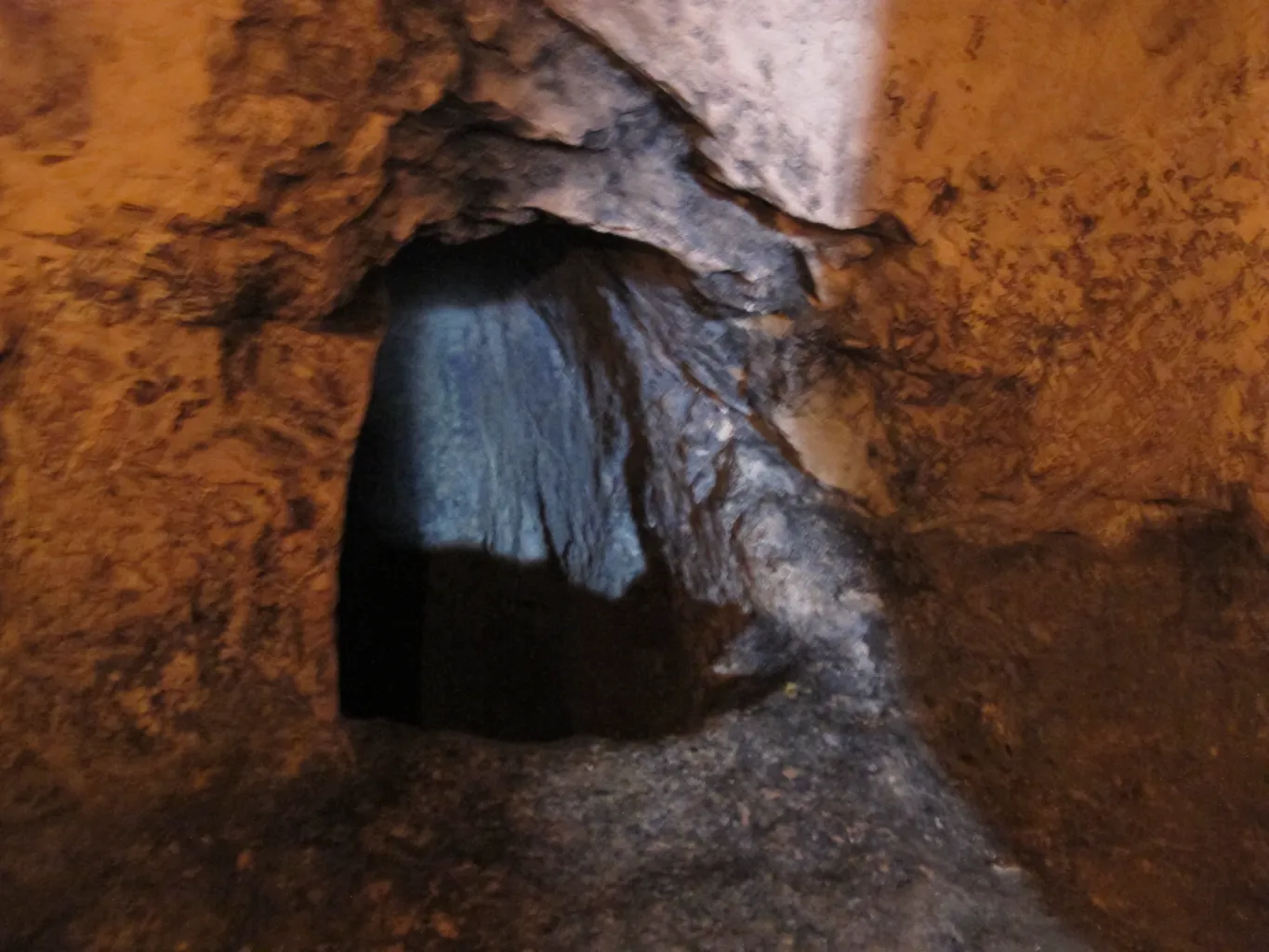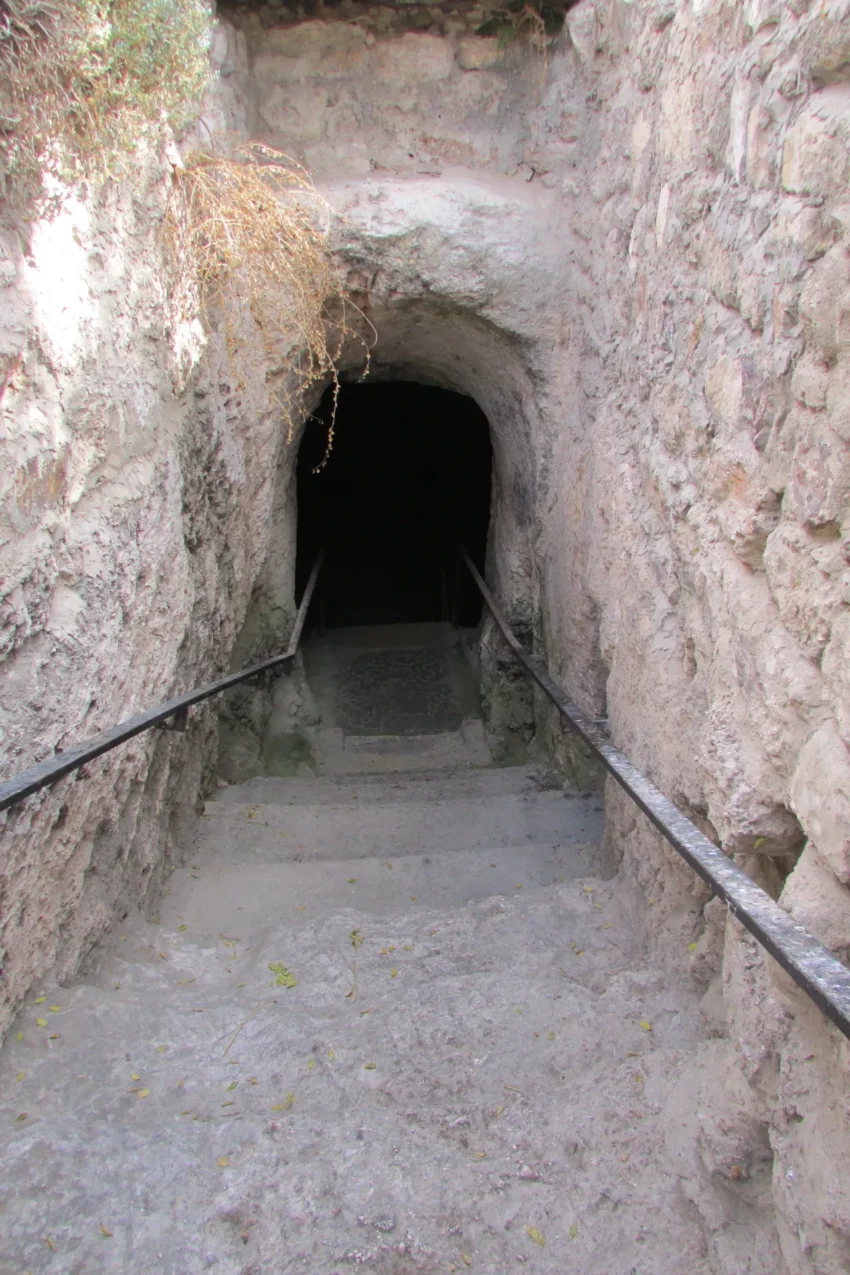Ancient Burial Grounds: The Tomb of the Prophets Haggai, Zechariah, and Malachi
The Tomb of the Prophets Haggai, Zechariah, and Malachi, known as “Qubūr al-ʾAnbiyyāʾ” in Arabic and “Cave of the Prophets” in Hebrew, is a fascinating ancient burial site. Located on the upper western slope of the Mount of Olives in Jerusalem, this site is steeped in tradition and history.
Get your dose of History via Email
Historical Significance
According to a medieval Jewish tradition, also embraced by Christians, this catacomb is believed to house the graves of the last three prophets of the Hebrew Bible: Haggai, Zechariah, and Malachi. They are thought to have lived during the 6th–5th centuries BC. However, archaeological evidence dates the earliest burial chambers to the first century BC, challenging this tradition.

Intricate Burial Chamber Design
The tomb’s chamber features two concentric passages containing 38 burial niches. Entering the site, visitors descend a staircase flanked by stone balustrades. This staircase leads to a large, circular central vault, measuring 24 feet in diameter. From the central vault, two parallel tunnels, 5 feet wide and 10 feet high, extend 20 yards through the rock. A third tunnel branches off in another direction. These tunnels connect through cross galleries, with the outermost gallery stretching 40 yards in length.
Reuse and Inscriptions
Research indicates that the tomb dates from the first century BCE when this tomb style was popular for Jewish burials. The discovery of Greek inscriptions suggests the cave was reused for burying foreign Christians during the 4th and 5th centuries CE. One inscription on the vault’s wall reads:
“Put thy faith in God, Dometila: No human creature is immortal!”

Venerated Holy Site
Since the Middle Ages, Jews have venerated this site, frequently visiting it. In 1882, Archimandrite Antonin Kapustin acquired the location for the Russian Orthodox Church, intending to build a church there. This plan met with strong protests from the Jewish community, who worshipped at the cave. By 1890, the Ottoman courts ruled in favor of the transaction but stipulated that no Christian symbols or icons would be displayed, ensuring the site’s accessibility to people of all faiths.
Architectural Details and Research
The burial system includes a central round hall with three radial corridors extending from it. These corridors interconnect via two crescent-shaped passages. Four niches are carved into the central hall’s walls, each with a basin and clay pipes at the base. The outer corridor walls contain 28 niches with burial beds. The central radial corridor ends in two rooms and a burial niche, while additional niches line the other corridors, totaling about 36 niches.
Recent research by Avni and Zissu supports Clermont-Ganneau’s dating of the complex to the Byzantine period. This research suggests the cave likely served as a burial site for Christian pilgrims, though some signs indicate it might have had a different original purpose.

A Place of Continuous Discovery
The Tomb of the Prophets remains a site of intrigue and reverence. Its historical layers and architectural complexity offer a unique window into the past, inviting further exploration and understanding. As researchers continue to study this ancient site, it reveals more about the cultural and religious practices of those who revered it.
Sources:

